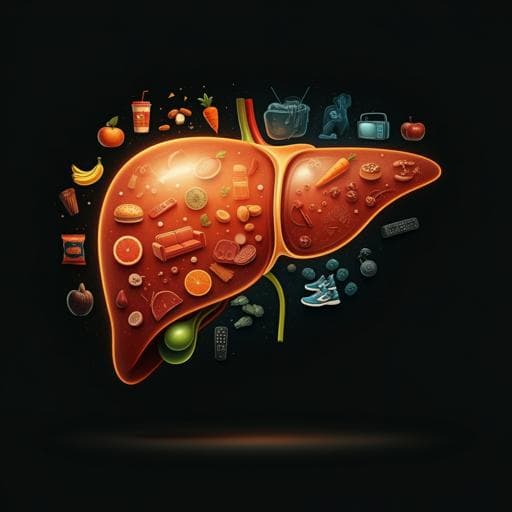
Medicine and Health
The prognostic role of diet quality in patients with MAFLD and physical activity: data from NHANES
J. Huang, Y. Wu, et al.
This study reveals the critical link between dietary quality, physical activity, and mortality in patients with metabolic (dysfunction-) associated fatty liver disease (MAFLD). Conducted by Jiaofeng Huang and colleagues, the research underscores that a high-quality diet significantly reduces mortality risks for sedentary MAFLD patients, offering vital insights for health management.
~3 min • Beginner • English
Related Publications
Explore these studies to deepen your understanding of the subject.







